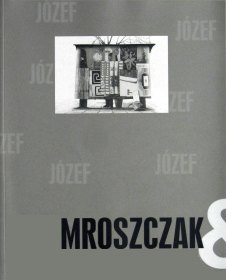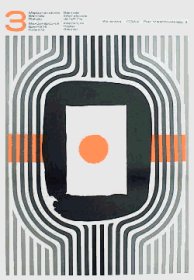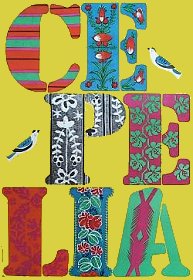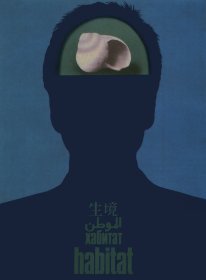|
In 1971, the German Poster Museum in Essen showed in one of it's first exhibitions the polish artists Jan Lenica, Roman Cieslewicz,
Henryk Tomaszewski and Jozef Mroszczak.
While the first three are still well known throughout the world, and are often called the founding fathers of the "Polish school" of posters, the
forth name is known today only to insiders, although his influence on world poster design in a way may have been even greater than that
of his colleagues: Jozef Mroszczak (1910 - 1975) is the founder and first chairman
of the Warsaw International Poster Biennial in 1966, the first in the world. At the time, he was an associate professor for graphic design
at the famous Academy of Fine Art in Warsaw.
It is difficult today to grasp the significance of this event, although Mroszczak was fully aware of it, as can be seen from
the album "biennale plakatu 66" that he published to mark this watershed. For the first time Kazumasa Nagai, Donald Brun, Jaroslav Sura, Hans Hillmann,
Jan Lenica, Crosby/Fletcher/Forbes/Gill and others were measured in an international poster competition with the same yard stick. The Iron Curtain that
divided Europe from 1945 to 1990 now had a small hole through which some pictures leaked in and out.
Forty years later, Armin Hofmann who won an honorary mention at the first Bienniale, still speaks with emotion about the
first international recognition he received in Warsaw. Pekka Loiri explains that "the 3. International Poster Biennial in Warsaw became an unprecedented
show of force of a whole new wave of finnish design talent". The Biennials not only made polish posters well known in the world but opened a windwow
through which polish, finnish, swiss, japanese, italian, german poster designers suddenly became aware of each other, and this often had a profound
influence on the further development of graphic design
in these countries. The trickle of french graphic design student pilgrims to Poland grew to a river by the end of the 1960's and early 70's.
Marcin Mroszczak, born in 1950, himself a noted graphic designer, realized an old dream for the 40th anniversary of the Biennial,
and published a large size, quiet book about his father, with a moving personal introduction that sheds some light on his father's personality,
the good old times in poster design, and also his father's relation with Henryk Tomaszewski:
"The Mroszczak Studio was on the second floor, near the stairs; the Tomaszewski Studio was a few dozen feet further on. Male students
always studied with Henryk, while the girls were with my father. They felt comfortable with him, especially the pretty ones."
The book concludes with a 22 page scientific apparatus by Zdzislaw Schubert who's throughness and love for detail is legendary, and
is itself an hommage from one important figure in the world of posters to a another.
Links:
The Art of Poster, 69 posters
Kultura polska, a biography of Jozef Mroszczak (in polish)
|
|
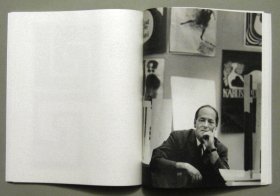
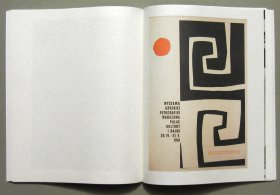
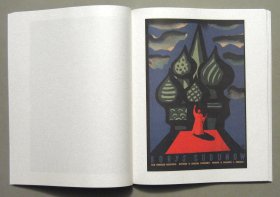
|
